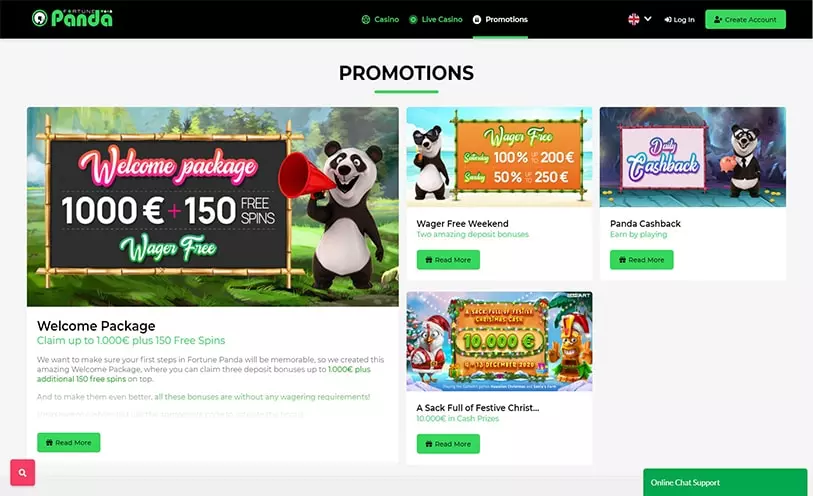Building Better Customer Relationships: Why Outbound and Inbound Call Centers Matter
Building strong customer relationships is vital to success in today’s highly competitive business landscape. As a result, companies prioritizing customer service are more likely to retain customers and earn repeat business. This blog post will investigate the importance of outbound and inbound call centers in building customer relationships.
The Role of Inbound Call Centers
Inbound call centers play a critical role in delivering exceptional customer service. When customers have questions, concerns, or problems, they want to speak to a natural person who can help them promptly and professionally. Inbound centers provide this service by answering customer calls and providing personalized assistance.
One advantage of inbound is the ability to provide personalized customer interactions. For example, call center representatives can address customers by name, use language that matches the customer’s tone, and provide relevant solutions. This personalization helps to build a stronger rapport with customers and shows that the company values its business.
Inbound centers also provide an opportunity to gather customer feedback. When customers call in, they may provide valuable insights into what’s working well and what needs improvement. Companies can use this feedback to change their products or services, improve customer experience, and ultimately build better customer relationships.
The Role of Outbound Call Centers
While inbound call centers ae reactive, outbounds are proactive. Outbound centers call customers for various reasons, including follow-up calls after purchase, customer surveys, and sales calls. Outbound centers aim to build stronger relationships with customers and increase sales.
One of the benefits of outbound is the ability to reach out to customers proactively. This shows customers that the company cares about their satisfaction and is willing to go the extra mile to ensure they are happy. Additionally, outbound call centers can upsell or cross-sell products, increasing revenue for the company.
However, balancing outbound center activities with customer preferences and privacy concerns is essential. For example, some customers may want to refrain from receiving sales calls or surveys, and respecting their wishes is essential. Therefore, outbound centers should prioritize customer experience and respect customer privacy.
The Importance of Integration between Inbound and Outbound Call Centers
Outbound and inbound call centers are not siloed company departments but rather part of a larger customer service ecosystem. For this reason, it’s essential to integrate inbound and outbound call centers effectively.
One benefit of integration is seamless communication between inbound and outbound teams. For example, suppose a customer calls in with a question about a product. In that case, the inbound representative can transfer the call to an outbound representative who can provide additional information or try to upsell the product. This type of collaboration helps to provide a seamless experience for the customer.
Integration also allows for sharing of data between outbound and inbound centers. For example, suppose an inbound representative learns that a customer is dissatisfied with a product. In that case, they can relay that information to the outbound team, who can follow up with the customer to address their concerns. This type of collaboration helps to improve customer experience and build stronger relationships.
Best Practices for Building Better Customer Relationships with Inbound and Outbound Call Centers
Companies should follow best practices for building better customer relationships to maximize the benefits of outbound and inbound call centers. Some tips include:
- Train customer service representatives on effective communication and problem-solving skills.
- Provide resources and support to help representatives deliver personalized interactions with customers.
- Prioritize customer experience and respect customer privacy at all times.
- Use technology to improve customer services, such as chatbots or customer relationship management software.
By following these best practices, companies can ensure that their inbound and outbound call centers deliver exceptional customer service and build stronger customer relationships.
The Role of Technology in Inbound and Outbound Call Centers
Technology is critical in improving customer service through outbound and inbound call centers. For example, chatbots can answer common questions or direct customers to the appropriate representative. In addition, customer relationship management software can help representatives access customer data and history, allowing for more personalized interactions.
Additionally, technology can improve the efficiency of inbound and outbound call centers. For example, call routing software can ensure that customers are directed to the correct representative quickly and easily. This type of automation helps to reduce wait times and provide a more seamless experience for the customer.
Conclusion
Inbound and outbound call centers are essential to a strong customer service strategy. By providing personalized interactions, gathering customer feedback, and proactively reaching out to customers, call centers can help to build stronger relationships and increase customer retention. In addition, integration between outbound and inbound call centers and technology can improve customer experience and satisfaction. By following best practices and prioritizing customer service, companies can maximize the benefits of inbound and outbound centers and build better customer relationships.



